Energy
CANADA – U.S TRADE – A Deeper Dive on the Tos and Fros
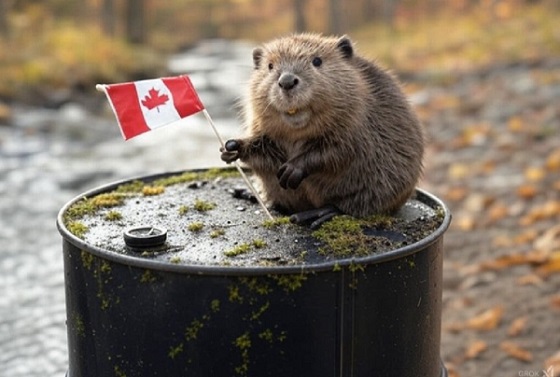
From EnergyNow.ca
The biggest lesson from all this is that Canada must find a way to diversify its trade, especially when it comes to energy. We need to build more pipelines, we need to diversify our customer base
I cannot help myself. At my heart, I am a self professed nerd when it comes to data. With all of the headlines in Canada regarding the potential of 25% tariffs being levied on Canadian exports starting on February 1st, I wanted to understand for myself what the data actually looks like. Note that I only looked at 2023 as the information was readily available, it is reasonably clean (i.e. no significant COVID hangover) and the 2024 data won’t likely be available for a while.
Canada and the United States are significant trade partners. In 2023 Canada exported US$438 billion to the United States while the United States exported US$353 billion to Canada, resulting in Canada having a trade surplus with the United States of US$85 Billion and thus the (uninformed) consternation when it comes to current talk south of the border.
Looking at the top exports from Canada, I drew an arbitrary line at the top 20 exports. This was not to say that businesses that do less than this are any less important, rather I just wanted to make a chart that was actually readable. As one would expect, energy and auto lead the way, accounting for 43% of all of our exports to the United States in 2023.
 United Nations COMTRADE database
United Nations COMTRADE database
However, as with all countries, we also import a tremendous amount as well. Why? Because in simplified terms it is good to focus on that which you do best, and have in abundance, and leave other aspects to other countries that are good at other things. As such, automotive as well as machinery, nuclear reactors and boilers account for 31% of the trade flow going north into Canada in 2023.
Thanks for reading William’s Substack!
Subscribe for free to receive new posts and support my work.
 United Nations COMTRADE database
United Nations COMTRADE database
When dealing with the border, it is important to remember that goods flow both ways, and the curious part as it pertains to oil is that despite Canada being awash in black gold, eastern Canadian refineries cannot access crude from the west, so Canada needs to export it to the US and re-import it to Canada. Weird. If only we had a pipeline that could do this…
I think it is also useful to look at the net balances, by category, to better understand the tos and fros of trade. Similar to previous charts, I made an arbitrary cut off line, this time at net exports exceeding US$1 billion in 2023. No real surprises here as energy dominates the landscape as Canada is a significant producer of oil and gas, and produces far more than it can consume internally and accounts for 76% of Canadian net exports to the United States.
 United Nations COMTRADE database
United Nations COMTRADE database
In terms of net imports, the picture is more balanced, with the top two categories being machinery, nuclear, boilers and electrical, electronic equipment accounting for a significant portion of Canadian net imports (37%) from the United States.
 United Nations COMTRADE database
United Nations COMTRADE database
Moreover, if you look at the breakdown of many of the components, and yes I am generalizing a bit, you will see that a lot of what we export are raw materials / base inputs, while what we import are value added finished products. As I have said many times, Canada is the proverbial resource bread basket that the rest of the world would crave to call its own.
If you exclude energy (mineral fuels, oils, distillation products) from the above analysis, you actually return to a more balanced trade picture between the two countries, and Canada actually is a small ($15 billion) net importer from the United States. Why do I think that is a fair way to look at things? The United States is a significant consumer of Canadian energy, and heavy oil in particular is something that Canada produces a lot of and is consumed by the complex refineries located in Minnesota, Indiana and in the U.S. Gulf Coast. If you want to learn more about this, I strongly encourage you to follow Rory Johnston as he does some brilliant deep dive analysis on this sort of topic and others.
At the end of the day, if the Trump administration really is about “fairness” in trade, we need calmer minds to prevail on this topic, as the data shows that the trade relationship is fair, and Canada is a valued (and economical) trade partner. I have my own suspicions that this issue extends beyond trade deficits and even beyond the issues he has also cited of illegal immigration and flows of fentanyl, and could even be as simple as “I am doing this, because I can, and I will do whatever I can to benefit my country.” Is this rational and fair? No.
The biggest lesson from all this is that Canada must find a way to diversify its trade, especially when it comes to energy. Canada’s need to build more pipelines, needs to diversify it’s customer base, and needs to start acting like a country that is looking out everyone, not just it’s own self interest.
Thanks for reading William’s Substack!
Subscribe for free to receive new posts and support my work.
Energy
The IEA’s Peak Oil Fever Dream Looks To Be In Full Collapse
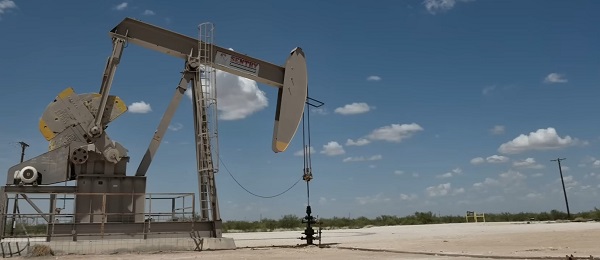

From the Daily Caller News Foundation
U.S. Energy Secretary Chris Wright warned International Energy Agency (IEA) head Fatih Birol in July that he was considering cancelling America’s membership in and funding of its activities due to its increasingly political nature.
Specifically, Wright pointed to the agency’s modeling methods used to compile its various reports and projections, which the Secretary and many others believe have trended more into the realm of advocacy than fact-based analysis in recent years.
That trend has long been clear and is a direct result of an intentional shift in the IEA’s mission that evolved in the months during and following the COVID pandemic. In 2022, the agency’s board of governors reinforced this changed mission away from the analysis of real energy-related data and policies to one of producing reports to support and “guide countries as they build net-zero emission energy systems to comply with internationally agreed climate goals” consistent with the Paris Climate Agreement of 2016.
Dear Readers:
As a nonprofit, we are dependent on the generosity of our readers.
Please consider making a small donation of any amount here.
Thank you!
One step Birol and his team took to incorporate its new role as cheerleader for an energy transition that isn’t actually happening was to eliminate the “current policies” modeling scenario which had long formed the base case for its periodic projections. That sterile analysis of the facts on the ground was replaced it with a more aspirational set of assumptions based on the announced policy intentions of governments around the world. Using this new method based more on hope and dreams than facts on the ground unsurprisingly led the IEA to begin famously predicting a peak in global oil demand by 2029, something no one else sees coming.
Those projections have helped promote the belief among policymakers and investors that a high percentage of current oil company reserves would wind up becoming stranded assets, thus artificially – and many would contend falsely – deflating the value of their company stocks. This unfounded belief has also helped discourage banks from allocating capital to funding exploration for additional oil reserves that the world will almost certainly require in the decades to come.
Secretary Wright, in his role as leading energy policymaker for an administration more focused on dealing with the realities of America’s energy security needs than the fever dreams of the far-left climate alarm lobby, determined that investing millions of taxpayer dollars in IEA’s advocacy efforts each year was a poor use of his department’s budget. So, in an interview with Bloomberg in July, Wright said, “We will do one of two things: we will reform the way the IEA operates, or we will withdraw,” adding that his “strong preference is to reform it.”
Lo and behold, less than two months later, Javier Blas says in a September 10 Bloomberg op/ed headlined “The Myth of Peak Fossil Fuel Demand is Crumbling,” that the IEA will reincorporate its “current policies” scenario in its upcoming annual report. Blas notes that, “the annual report being prepared by the International Energy Agency… shows the alternative — decades more of robust fossil-fuel use, with oil and gas demand growing over the next 25 years — isn’t just possible but probable.”
On his X account, Blas posted a chart showing that, instead of projecting a “peak” of crude oil demand prior to 2030, IEA’s “current policies” scenario will be more in line with recent projections by both OPEC and ExxonMobil showing crude demand continuing to rise through the year 2050 and beyond.
Whether that is a concession to Secretary Wright’s concerns or to simple reality on the ground is not clear. Regardless, it is without question a clear about-face which hopefully signals a return by the IEA to its original mission to serve as a reliable analyst and producer of fact-based information about the global energy situation.
The global community has no shortage of well-funded advocates for the aspirational goals of the climate alarmist community. If this pending return to reality by the IEA in its upcoming annual report signals an end to its efforts to be included among that crowded field, that will be a win for everyone, regardless of the motivations behind it.
Energy
Trump Admin Torpedoing Biden’s Oil And Gas Crackdown
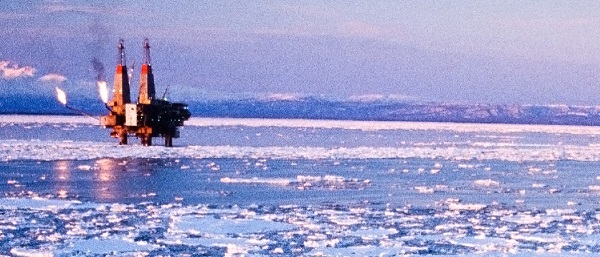

From the Daily Caller News Foundation
By Audrey Streb
The Trump administration is rolling back President Joe Biden’s restrictions on oil and gas, planning 21 lease sales in 2025 — a sharp contrast to Biden’s first year, which saw none.
The Department of the Interior (DOI) and the Bureau of Land Management (BLM) have already held 11 lease sales under Trump generating over $110 million for Americans, and plan to host 10 more in 2025, the agency told the Daily Caller News Foundation. While the Biden administration imposed a sweeping offshore drilling ban and greenlit a record-low offshore oil and gas leasing schedule, the Trump administration is working to reopen development on federal lands and waters.
“President Donald Trump has revived American energy. While the Biden administration left our energy resources to waste at the cost of taxpayers, Americans can feel relief knowing that they now have an administration laser focused on unleashing our domestic energy sources, lowering costs, and securing a more affordable and reliable energy future,” Interior Secretary Doug Burgum told the DCNF. “The number of new oil and gas lease sales simply speak for themselves.”
Bureau of Land Management (BLM) has reported 3,608 new oil and gas permits in Trump’s second term thus far, compared to 2,528 permits during the Biden administration, according to the DOI. Trump and the DOI have approved 43% more federal drilling permits than his predecessors had at the same point in their presidencies, according to the agency.
The DOI has also opened more than 450,000 acres of federal land for potential energy development, and the DOI and BLM are set to approve more drilling permits than any other fiscal year in the past 15 years, the agency said.
On his first day back in the Oval Office, Trump signed an executive order to “unleash American energy” and declared a national energy emergency. The One Big Beautiful Bill Act (OBBBA) further directed the DOI to open more domestic energy exploration opportunities, ordering the agency to “immediately resume onshore quarterly lease sales in specified states.”
Trump has emphasized bolstering conventional resources, which stands in contrast to Biden’s stifling of the oil and gas industry, as he froze liquified natural gas (LNG) exports, blocked the major Keystone XL pipeline and halted BLM lease approvals on his first day as president. Biden instead championed a green energy agenda, pushing for major wind and solar projects through billions in subsidies, loans and grants.
Notably, the National Oceanic and Atmospheric Administration (NOAA) previously confirmed to the DCNF that the Biden administration failed to adequately review the environmental impacts of certain offshore wind projects before approving them. The Trump administration has cracked down on offshore wind, halting many major projects and reviewing several more, with Burgum arguing that the energy resource the Biden administration favored is “not reliable enough” at an event on Sept. 10.
Additionally, gasoline prices have been dropping nationally in recent months, with costs hitting four-year lows headed into summer and Labor Day weekend, according to GasBuddy and the American Automobile Association. The average retail price for gasoline is projected to keep dropping due to falling oil prices, according to data from the Energy Information Administration.
“[Oil] prices are not set by current supplies. They’re set by future expectations,” Diana Furchtgott-Roth, director of the Heritage Foundation’s Center for Energy, Climate, and Environment, told the DCNF previously. “President Donald Trump is sending signals that the oil industry here is going to be very vibrant. He’s shrinking permitting time for fossil fuel projects, so expectations for fossil fuel supply in the United States are great.”
-

 Censorship Industrial Complex2 days ago
Censorship Industrial Complex2 days agoFreedom of speech under threat on university campuses in Canada
-

 Business2 days ago
Business2 days agoCarney engaging in Orwellian doublethink with federal budget rhetoric
-
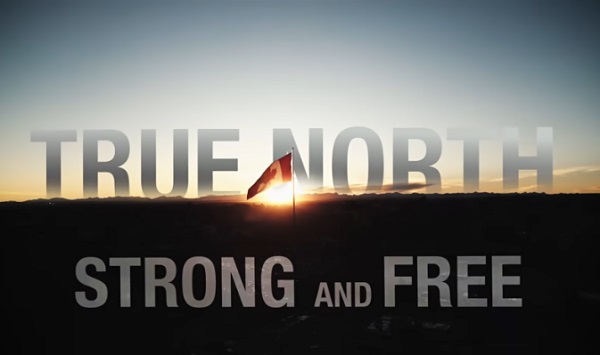
 Alberta2 days ago
Alberta2 days agoOttawa’s destructive federal energy policies and Premier Danielle Smith’s three part solution
-

 Alberta2 days ago
Alberta2 days agoIs Alberta getting ripped off by Ottawa? The numbers say yes
-
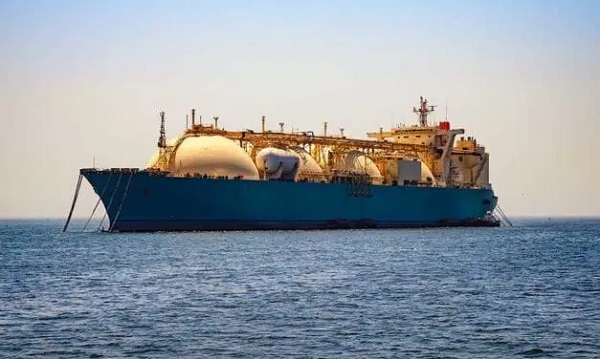
 Energy2 days ago
Energy2 days agoCanada’s LNG breakthrough must be just the beginning
-
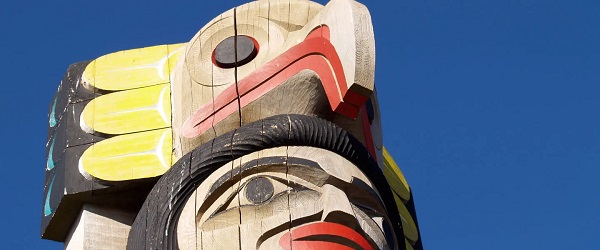
 Business2 days ago
Business2 days agoCourt’s ‘Aboriginal title’ ruling further damages B.C.’s investment climate
-
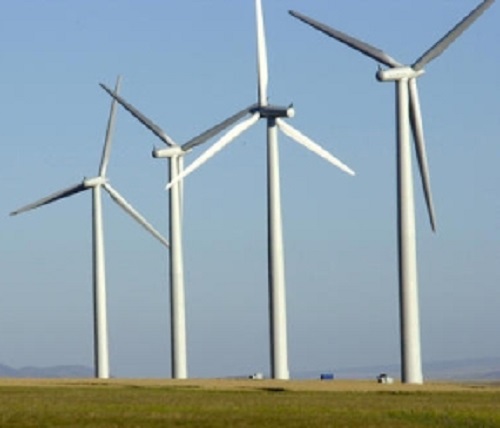
 Agriculture2 days ago
Agriculture2 days agoIn the USA, Food Trumps Green Energy, Wind And Solar
-

 Business2 days ago
Business2 days agoManitoba Must Act Now To Develop Its Northern Ports




